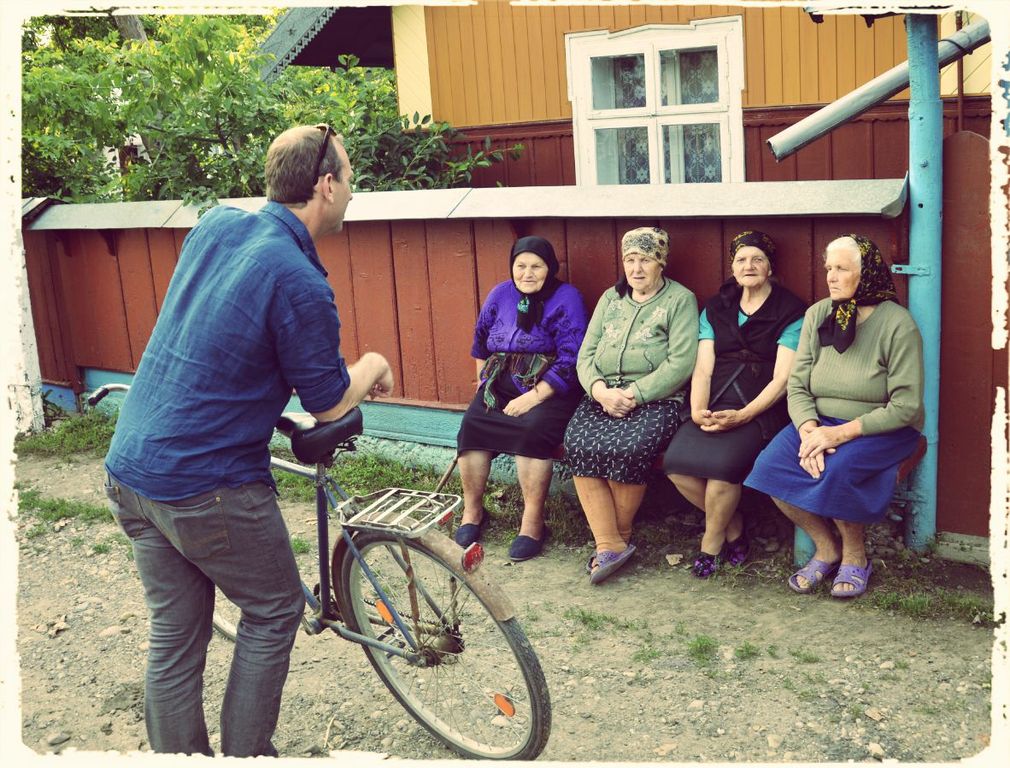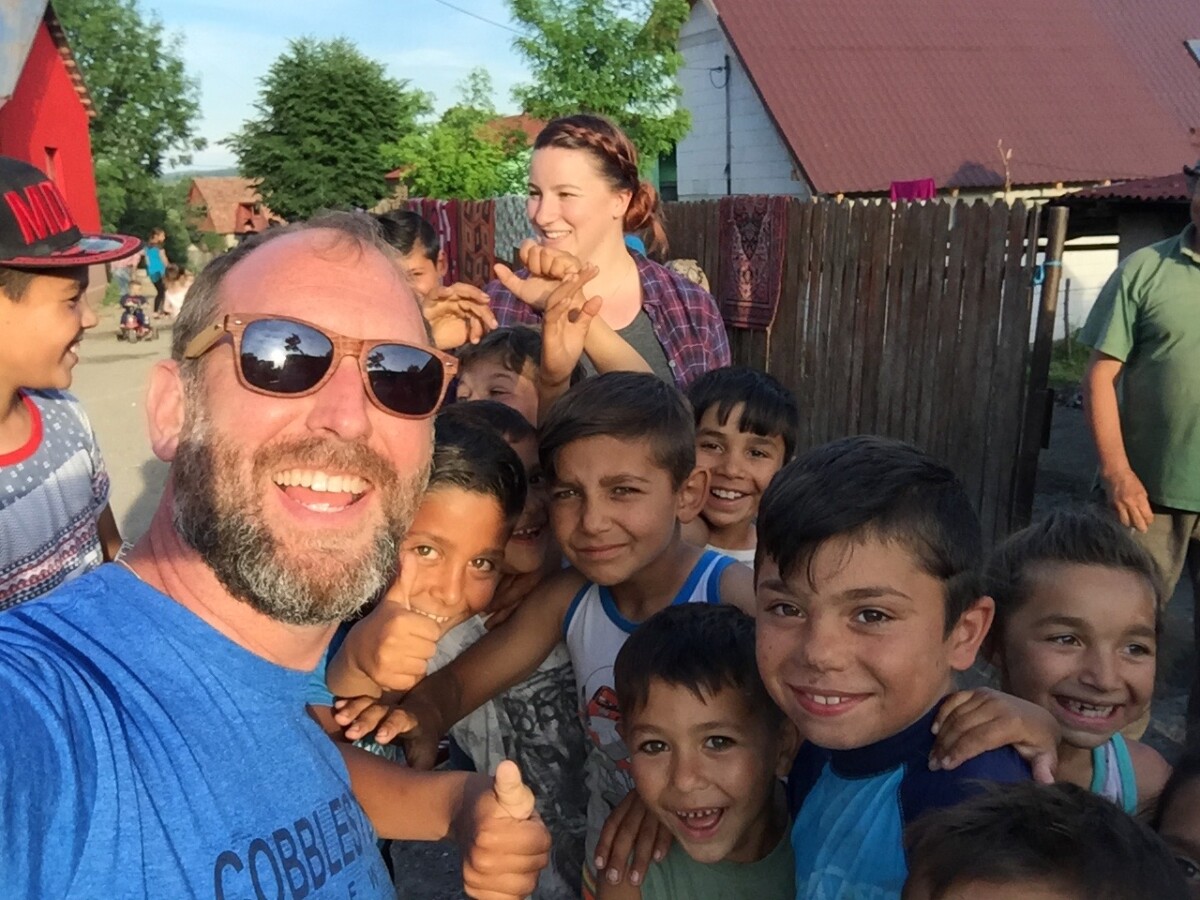Cities Ain’t Countries:
How to get a better cultural experience from travel

by Vincent Rees,
Founder of the Cobblestone Freeway
A friend once excitedly shared with me that he had booked a multi-country trip. He planned to visit Prague, Krakow, and Budapest. He was super stoked about it, and I was … disappointed. My friend wasn’t going to experience three countries, just three cities.
I was disappointed because I know that for a deeper, transformative cultural experience, you need to venture off the well-beaten path away from the big centres. When I asked my buddy if he had thought about expanding his visit beyond those three cities so he could experience the rich culture of the countryside, his response was one I’d heard before:
“I don’t know how”.
That bluntly honest answer instantly changed my feelings of frustration to sympathetic understanding. It’s not that people don’t want to see more of a country and experience all it has to offer; visiting big cities is just easier. They come complete with tourist information centres, sightseeing apps, free walking tours, and English-speaking hospitality workers. You come back from your trip feeling you’ve “experienced” a region without having had to stray far from your comfort zone.

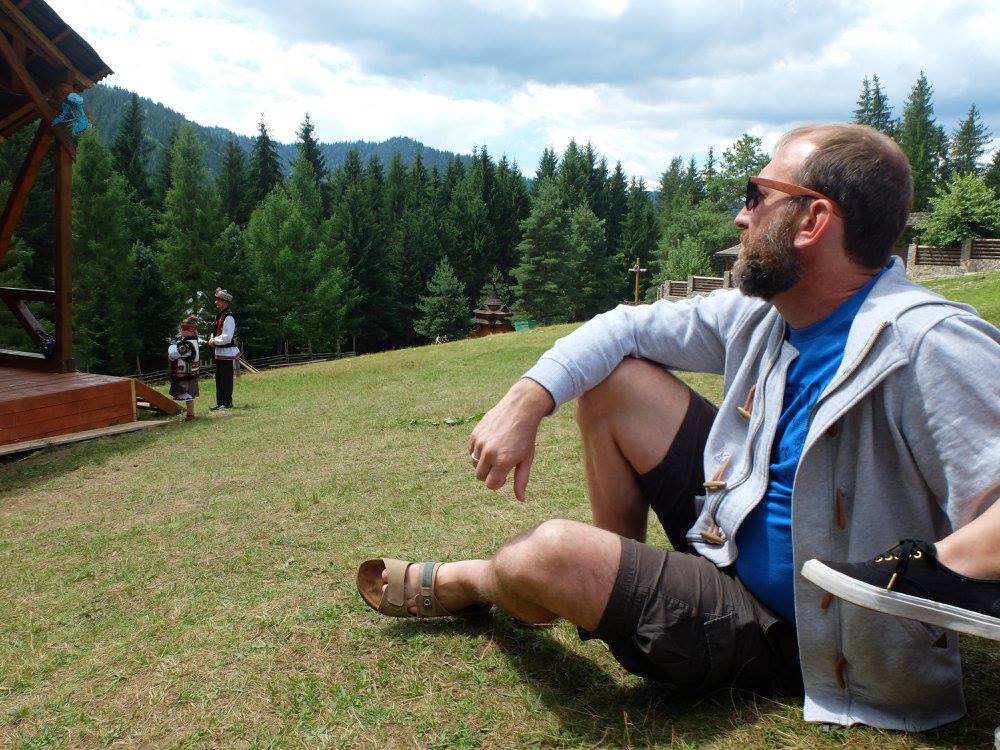
But think about it. As a Canadian, I know that if someone from Europe visits only Toronto or Vancouver, they haven’t really experienced our country’s “culture”. That’s because Canada’s culture varies from region to region. The cuisine, folklore, and language in Trois Riviere, Quebec, is vastly different than in Cornerbrook, Newfoundland. You’re not going to get anything near that unique regional experience visiting a major Canadian city.
I’m not saying iconic world cities should be off your travel itinerary. Destinations such as Paris, Shanghai, and Sao Paulo offer incredible experiences to visitors. But they won’t give you even a “snapshot” of the cultural landscape of the countries in which those cities reside. At best, what you’ll get is a reinforcement of the stereotypes you’ve absorbed about those countries. The clichés are what most tourists expect and what many vendors in those cities are happy to provide in exchange for your dollars.
A yearning for authentic cultural exchange led me to start Cobblestone Freeway Tours. From my early travels in Ukraine, I came to realize that the food, language, and other cultural traditions varied significantly in as little as 300 kilometres outside of major cities such as Kyiv and Lviv. But travelling to those smaller towns and villages is more challenging. They aren’t set up for mass tourism. Most people don’t speak English, and they’re not always easy to get to. My goal was to make these places more accessible and introduce them as alternatives or additions to the more popular tourist sites.
Getting off the beaten travel path is so worth it.
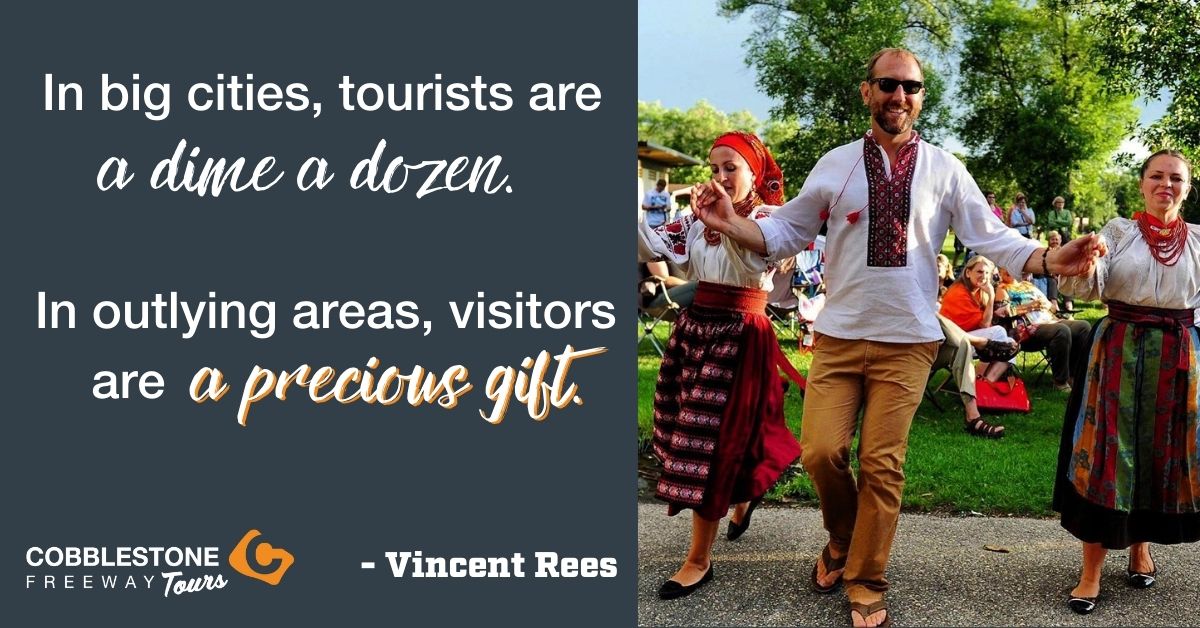
If you’re old enough, you’ll remember the Avis car rental slogan in response to the leading company Hertz, “When you’re only No. 2, you try harder”. It was a brilliant slogan, and it rang true with consumers.
Places such as Dubrovnik get millions of visitors—so many that some residents regard tourists with disdain. Not so in the hillside towns, we routinely visit in Croatia on our Cobblestone tours. Here, families welcome us into their homes, where they show us how they make their local dishes. We share a glass of the local brandy called rakia as villagers in traditional dress perform dances they’ve passed on for generations. They are excited to see us and go the extra mile to make our visit memorable. They try harder than a big city.
The surprising reality is that many of the cultural touchstones we associate with specific countries didn’t originate in the cities; they came from the villages and rural communities—case in point, perogies (also known as Perohy or Varenyky). Perogies were peasant food that transcended their humble beginnings to become one of Ukraine’s most iconic (and delicious) dishes. The tango? The dance synonymous with sultry sophistication likely originated in the lower-class port districts around Buenos Aires.
Travelling to the source of a country’s traditions provides a nuanced understanding of its history and meaning.
Like our content? Sign up to our newsletter
Globalization has made many major cities somewhat interchangeable
I’ll argue with anyone who will listen that they will have a vastly different cultural experience visiting rural Germany than they will in a village in Ukraine or a small town in Poland. I wouldn’t make that promise with an itinerary that covers Munich, Kyiv, and Krakow. Yes, those big cities have architectural and cultural differences, but they are more similar than unique. Historically, people gravitated to cities, moved between them, and shared trends, ideas, and cultures as they moved from place to place. Outlying areas, on the other hand, have been less influenced by other global trends impacting city life.
Smaller centres move more slowly and hold on to traditions longer, and every country has myriad subcultures within it. While some rural cultural practices have been accepted into the national identity, many remain local and less widely known. As a traveller, discovering these subcultures excites me just as much as (or more than) casting my eyes on an iconic tower, place of worship, fountain, or bridge documented in countless magazines, movies, and Instagram accounts.
One of my fondest memories of an unexpected and genuine cultural exchange happened on one of our tours through the Carpathian Mountains. Driving along, we spotted a few tiny churches on residential grounds (called kaplytsia), which historically were built so that people could worship at any time. We got out at one spot to take photos through a fence, which caught the property owner’s attention. He came out to ask us what we were up to. Our translator explained, and before we knew it, the gentleman got the key to the church so we could look inside. He served us his finest homebrew while his wife brought us homemade donuts. After an hour-long visit, she bestowed each of us with a pysanka (Ukrainian Easter egg).
It was remarkable.
Mountain villages in Croatia, Ukraine, and Slovakia have always provided the warmest cultural exchanges. One minute you’re a stranger in a strange land, and the next (if you show genuine interest), the barriers come down, and the drinks start to flow, the music starts, and you feel like you are distant family that has come to visit from far away after a century apart.
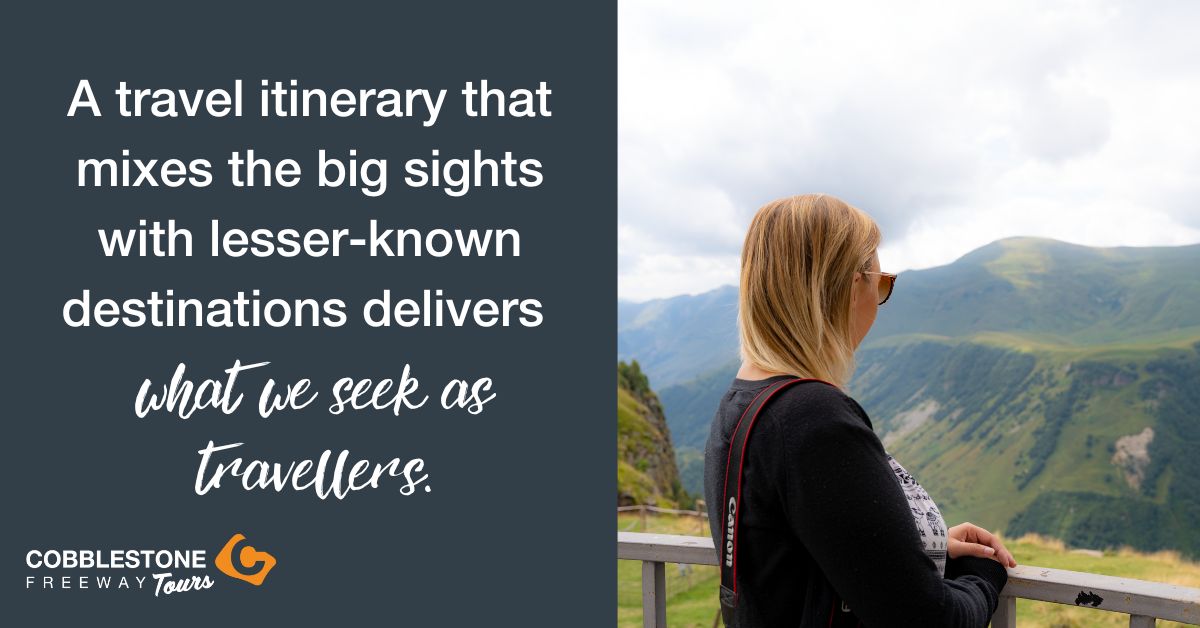
Travel has become far more accessible over the past couple of decades, with cheaper airfares and increased marketing to familiar destinations. While more affordable travel is a good thing in some ways, its downside has been that taking a trip is not as cherished as it used to be. Low airfares also tend to focus on iconic destinations. Not only are these trends damaging to the environment, but they also often fail to deliver on the promise of travel—to be transformative. Flying to Dublin for a week to tick the must-do items off your bucket list is very likely to leave you wanting. Immersing yourself in a three-week tour that features a big city AND a mix of villages and rural retreats (where you get to actually engage with locals) is the recipe for a cultural connection and personal renewal.


